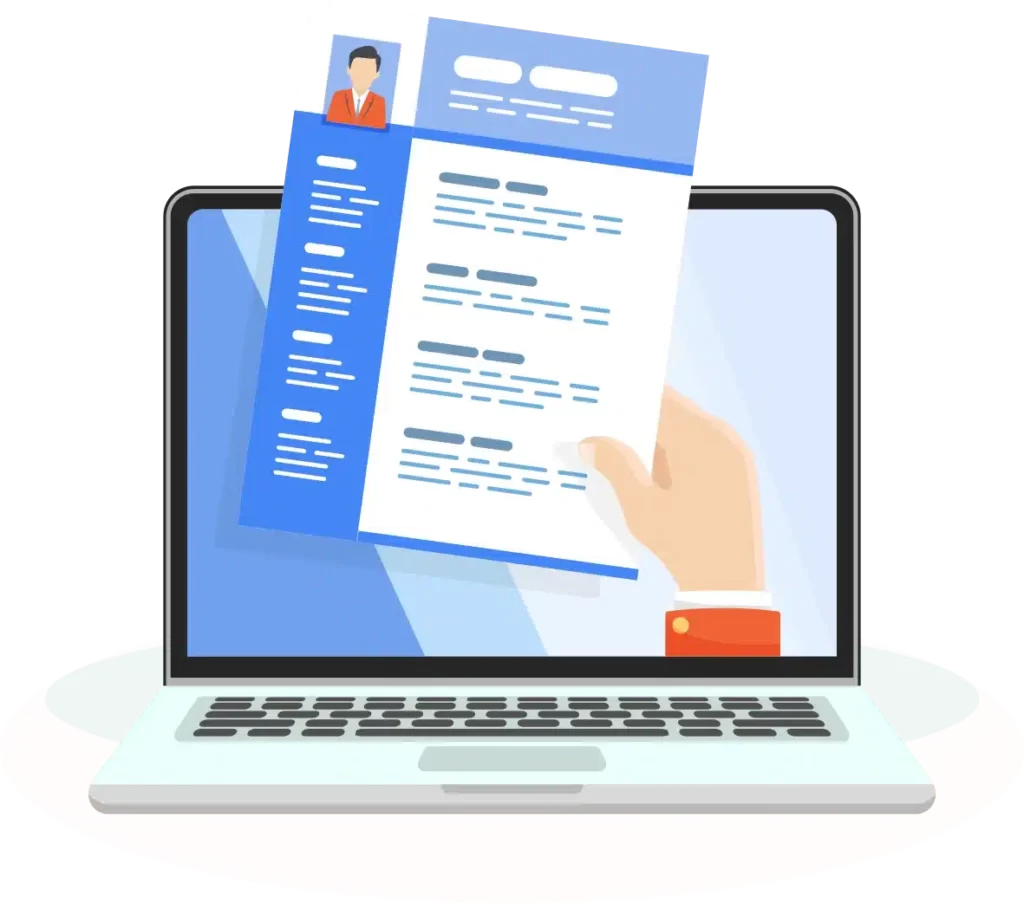How to Learn Dutch Quickly: A Comprehensive Guide
Learning a new language can be both an exciting and daunting task, especially when it comes to Dutch, a language that is rich in history and culture. Whether you’re planning to move to the Netherlands, looking to connect with Dutch-speaking friends, or simply wanting to challenge yourself intellectually, mastering Dutch can open many doors. In this article, we will explore effective strategies to learn Dutch quickly and efficiently.
Understanding the Dutch Language
The Importance of Context
Before diving into the methodologies for learning Dutch, it’s crucial to understand what makes this language unique. Dutch is part of the West Germanic language family, closely related to both German and English. This means that if you are already familiar with either of those languages, you may find Dutch somewhat easier to grasp.
Key Takeaways:
- Similarities with English: Many Dutch words are cognates with English. For instance, "huis" (house), "water" (water), and "hand" (hand) sound quite similar and carry the same meanings.
- Pronunciation: Dutch pronunciation can be tricky. Sounds such as the guttural "g" may require specific practice, as they are not present in English.
Learning Phonetics
To accelerate your learning, start by familiarizing yourself with the Dutch phonetic system. Listen to native speakers and try to mimic their intonation and accent. Utilize apps such as Forvo or Google Translate, which offer pronunciations by native speakers. Furthermore, watching Dutch content with subtitles, such as films or series, can significantly enhance your ability to recognize and reproduce sounds authentically.
Effective Methods to Learn Dutch
1. Immersive Learning
The best way to learn any language quickly is through immersion. Surrounding yourself with Dutch as much as possible will help accelerate your learning process.
Submersion in Dutch Culture
- Travel to the Netherlands: If possible, spend some time in the Netherlands. Being in an environment where everyone speaks Dutch will compel you to use the language daily.
- Engage with Dutch Media: Consume Dutch films, music, and podcasts. Websites like NPO Start offer a plethora of Dutch television programs that can cater to various interests.
Community Engagement
- Language Exchange: Find a language partner to practice speaking Dutch. Websites like Tandem or HelloTalk provide platforms for connecting with native speakers willing to help you practice.
- Social Media: Follow Dutch speakers on platforms like Instagram or Twitter. Engage with their posts by commenting in Dutch to practice your writing skills.
2. Structured Learning
To complement your immersive efforts, consider enrolling in structured courses that offer a comprehensive approach to learning Dutch.
Online Courses and Applications
- Duolingo: A popular app that gamifies language learning. Its bite-sized lessons make learning fun and engaging.
- Babbel: This app focuses on conversation skills, helping users grasp practical phrases tailored for real-life situations.
Formal Classes
- Local Language Schools: Check for Dutch language courses offered at community colleges or language institutes in your area.
- University Programs: If you want an in-depth understanding, consider enrolling in a university course on Dutch language and culture.
3. Practical Applications
Application is the key to retention. Here are some practical exercises to reinforce your learning:
Daily Practice
- Set a Schedule: Allocate a dedicated time each day for learning Dutch. Consistency is vital. Even 30 minutes daily can lead to significant progress over time.
- Flashcards: Utilize apps like Anki to create flashcards for vocabulary. This aids memorization through spaced repetition.
Speak, Write, and Read
- Journaling: Maintain a journal in Dutch where you write daily entries about your experiences. This practice boosts your vocabulary and helps improve your writing skills.
- Join a Meetup: Engage with local Dutch-speaking communities through Meetup.com. Conversations with natives will enhance your speaking fluency.
Strategies to Overcome Challenges
The Fear of Making Mistakes
One of the biggest barriers to language learning is the fear of making mistakes. Linguist Steven Pinker states that “the brain is a learning machine.” Embrace the idea that making mistakes is a crucial part of the learning process.
Tips to Overcome the Fear
- Practice with Friends: Having a supportive community will make you feel more comfortable making errors.
- Positive Reinforcement: Celebrate your achievements, no matter how small. Completing a lesson or holding your first conversation is worthy of recognition.
Managing Language Interference
When learning Dutch, you may find that your knowledge of English or other languages sometimes interferes, making it harder to express your thoughts.
Overcoming Interference
- Separate Learning Materials: When focusing on Dutch, try not to refer to your native language. Use Dutch resources only.
- Think in Dutch: Gradually train your mind to think in Dutch rather than translating from your native language.
The Power of Consistency and Practice
Establishing a Routine
Learning a language is a marathon, not a sprint. As such, consistency and practice are paramount for success.
Create SMART Goals
Set Specific, Measurable, Achievable, Relevant, and Time-bound (SMART) goals for your learning journey. For example, aim to learn 10 new words a week, or practice speaking for at least 20 minutes each day.
Measurement and Progress Tracking
Keep a log of your daily practice and what you have accomplished. This will motivate you to continue and can help you identify areas that need improvement.
Conclusion
In summary, learning Dutch quickly involves a combination of immersive experiences, structured learning, and practical applications. By surrounding yourself with the language and engaging with native speakers, you can significantly enhance your fluency. Don’t be afraid to make mistakes; they are a stepping stone to mastery.
Furthermore, if you're looking to make your Dutch skills stand out, having a strong CV is crucial. We have an effective CV template modeled after the Harvard CV style, complete with guides and recommendations for writing it. This can be particularly beneficial if you’re seeking job opportunities in Dutch-speaking countries or companies.
Explore our template here: Download the Perfect CV According to Harvard CV. With the right tools and strategies, you can quickly become proficient in Dutch and take your first steps toward a new adventure.





